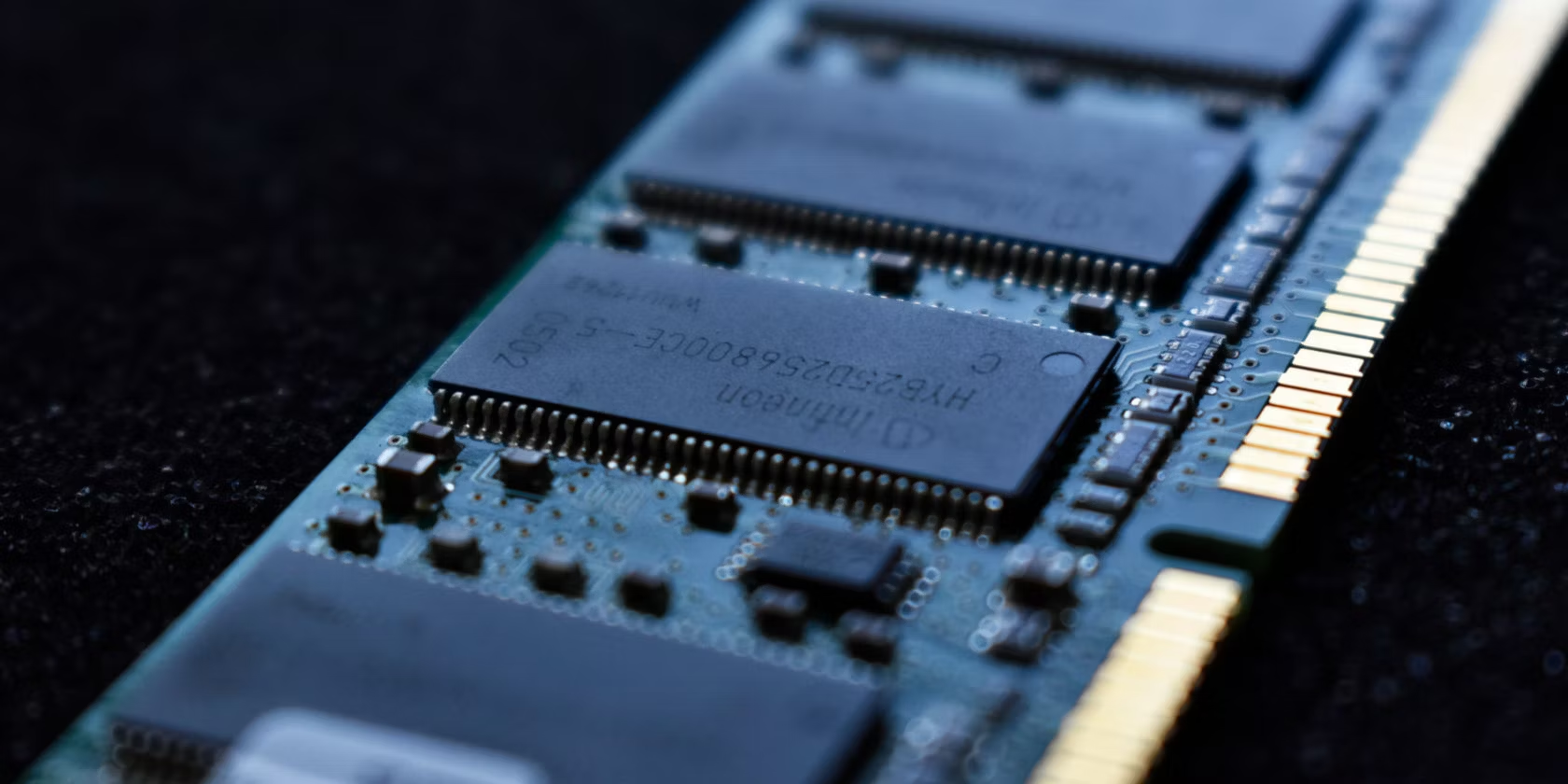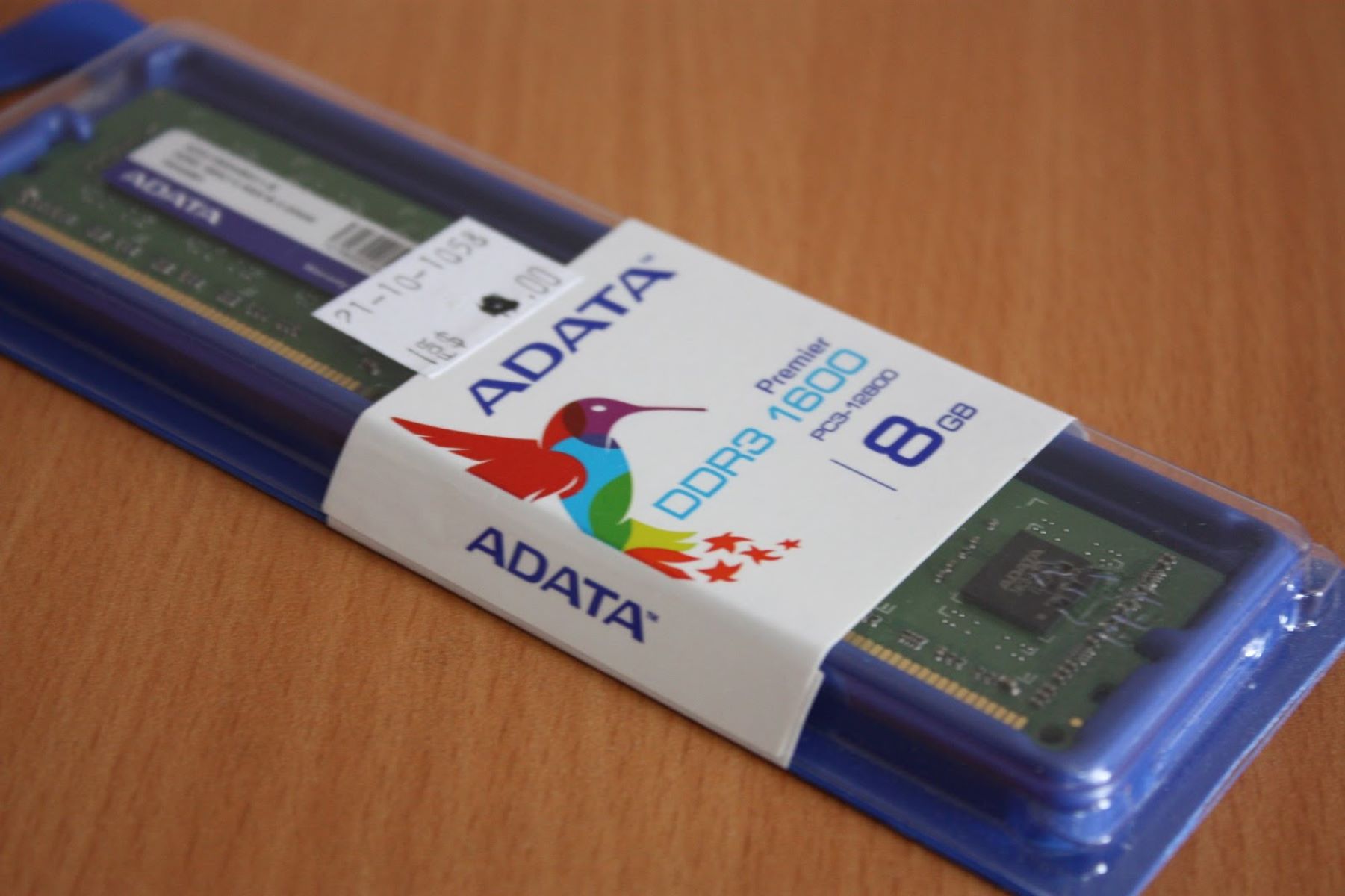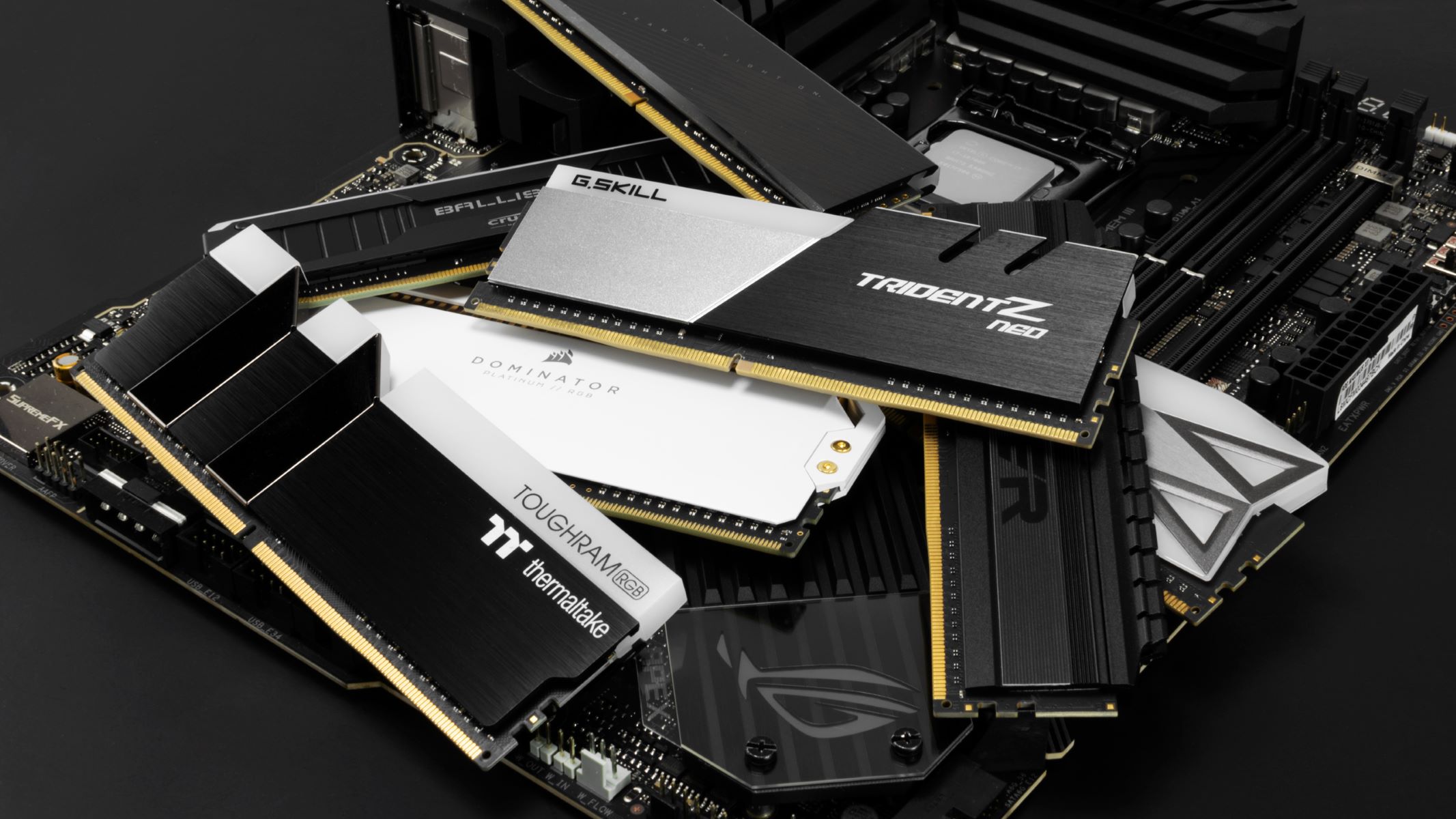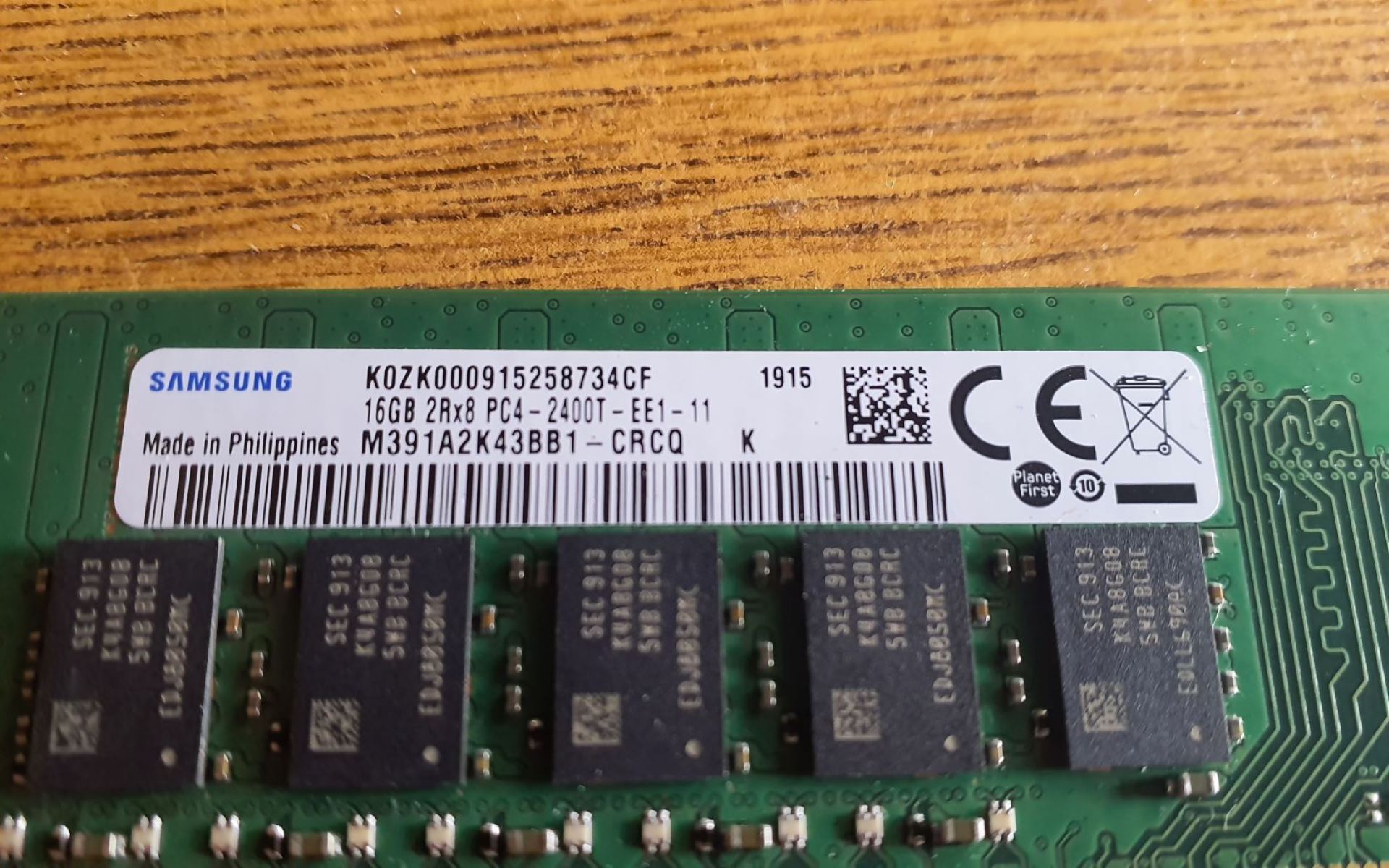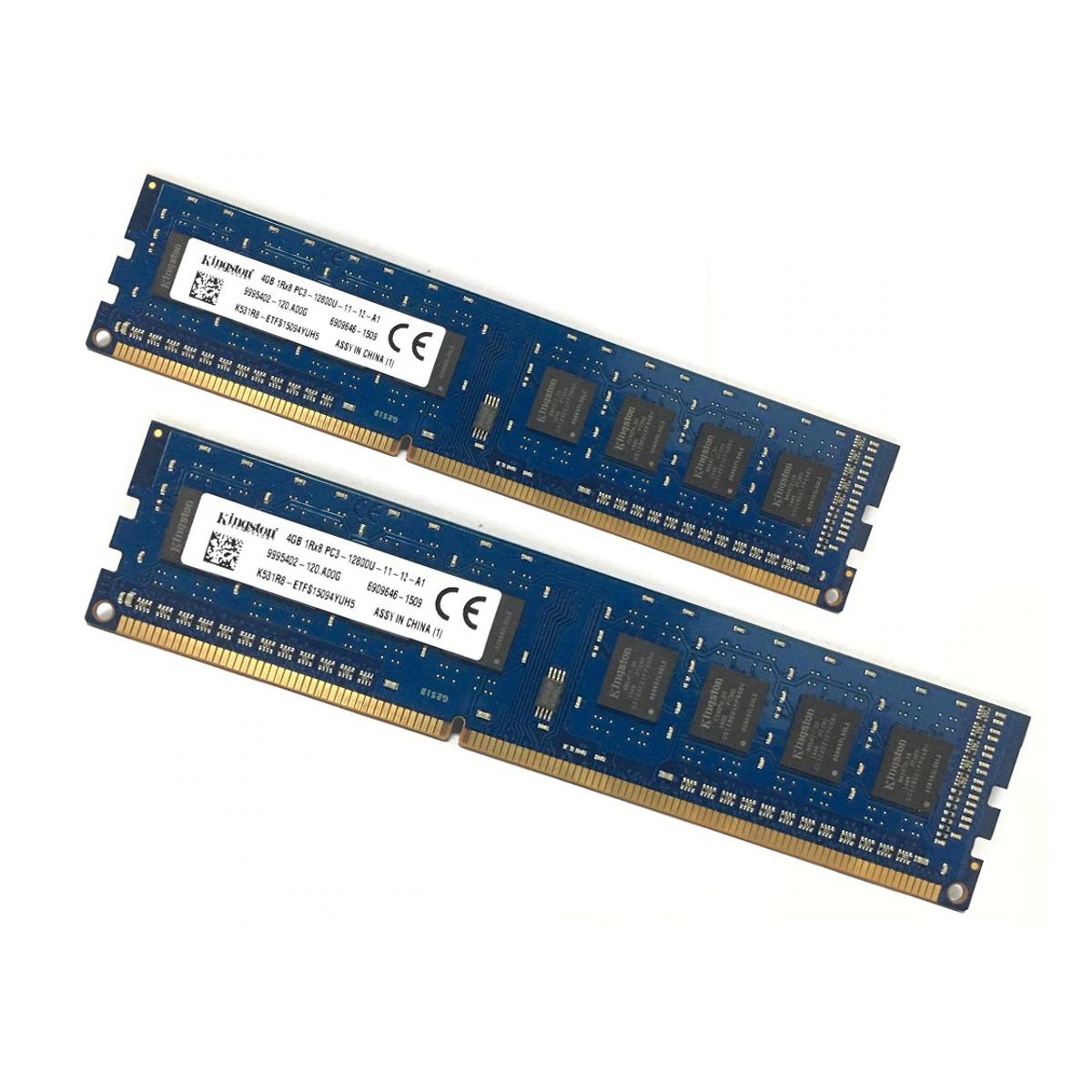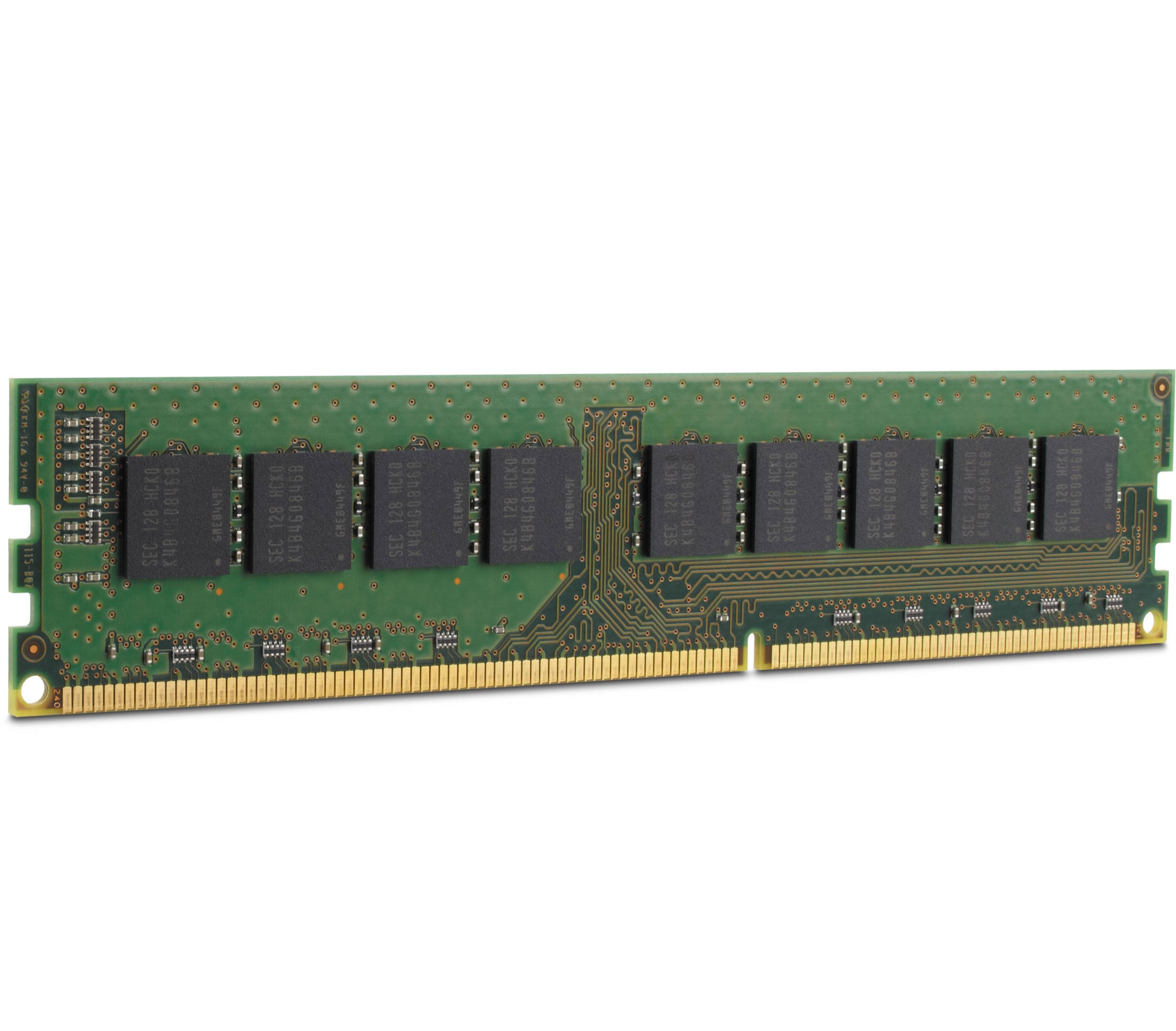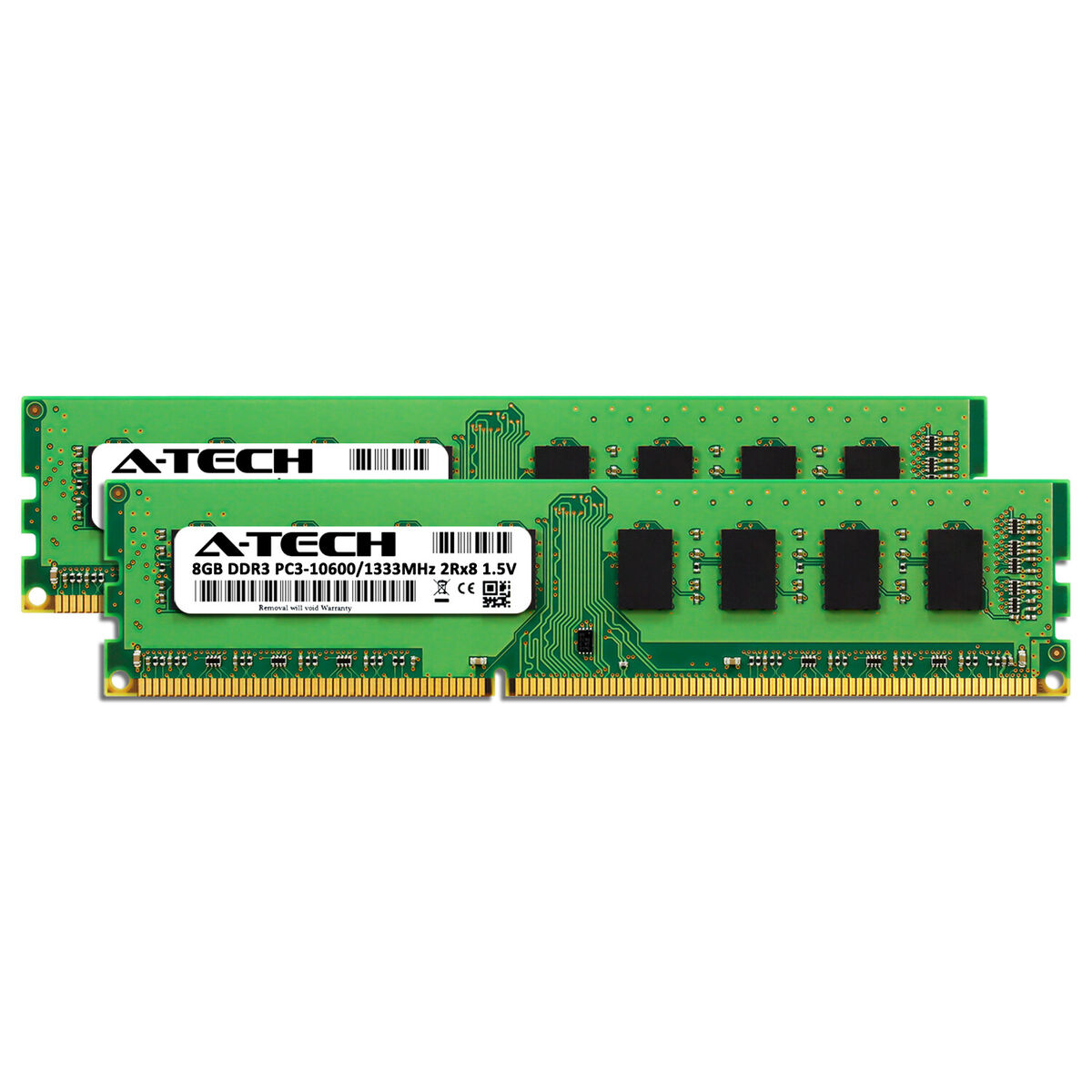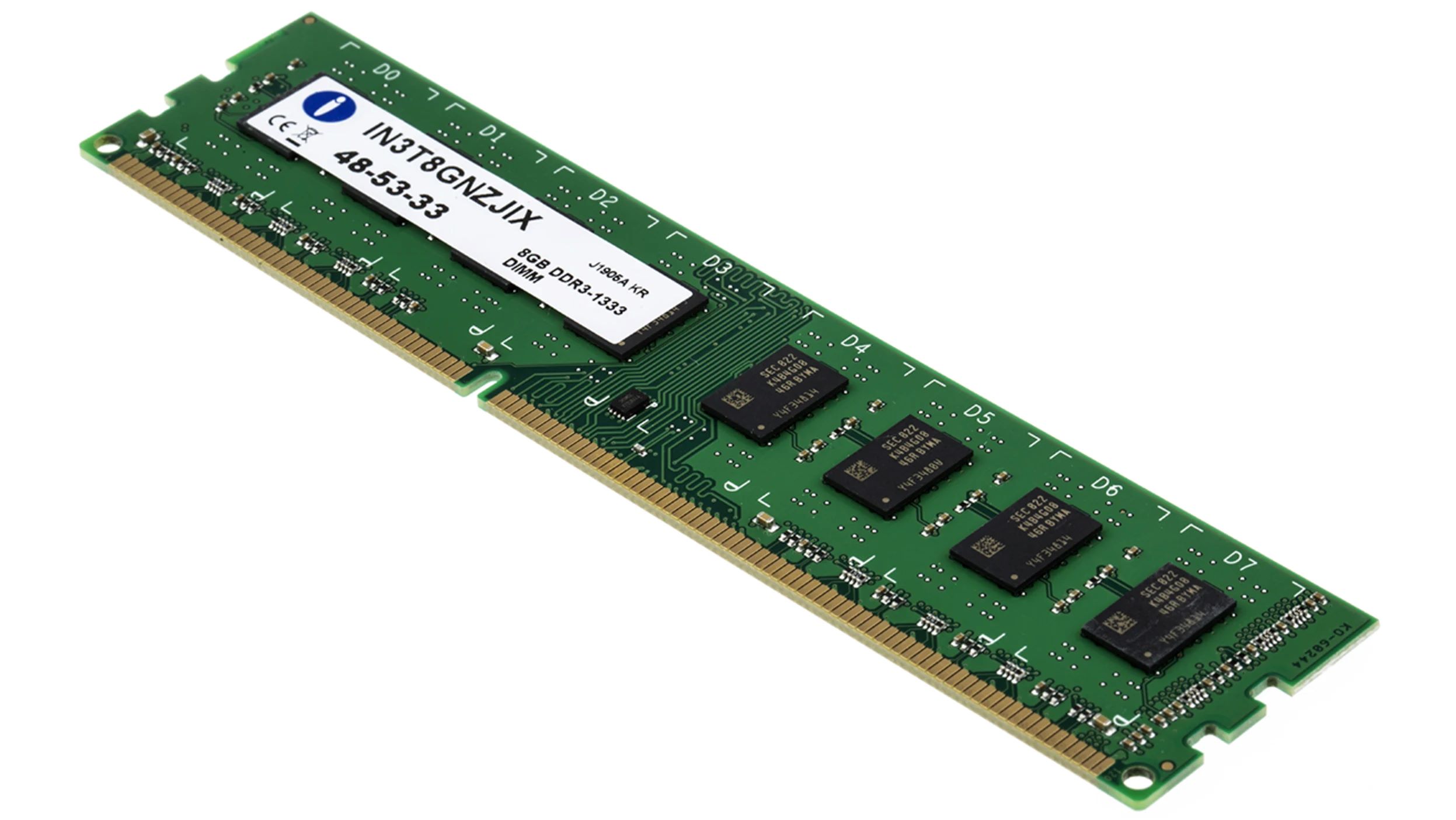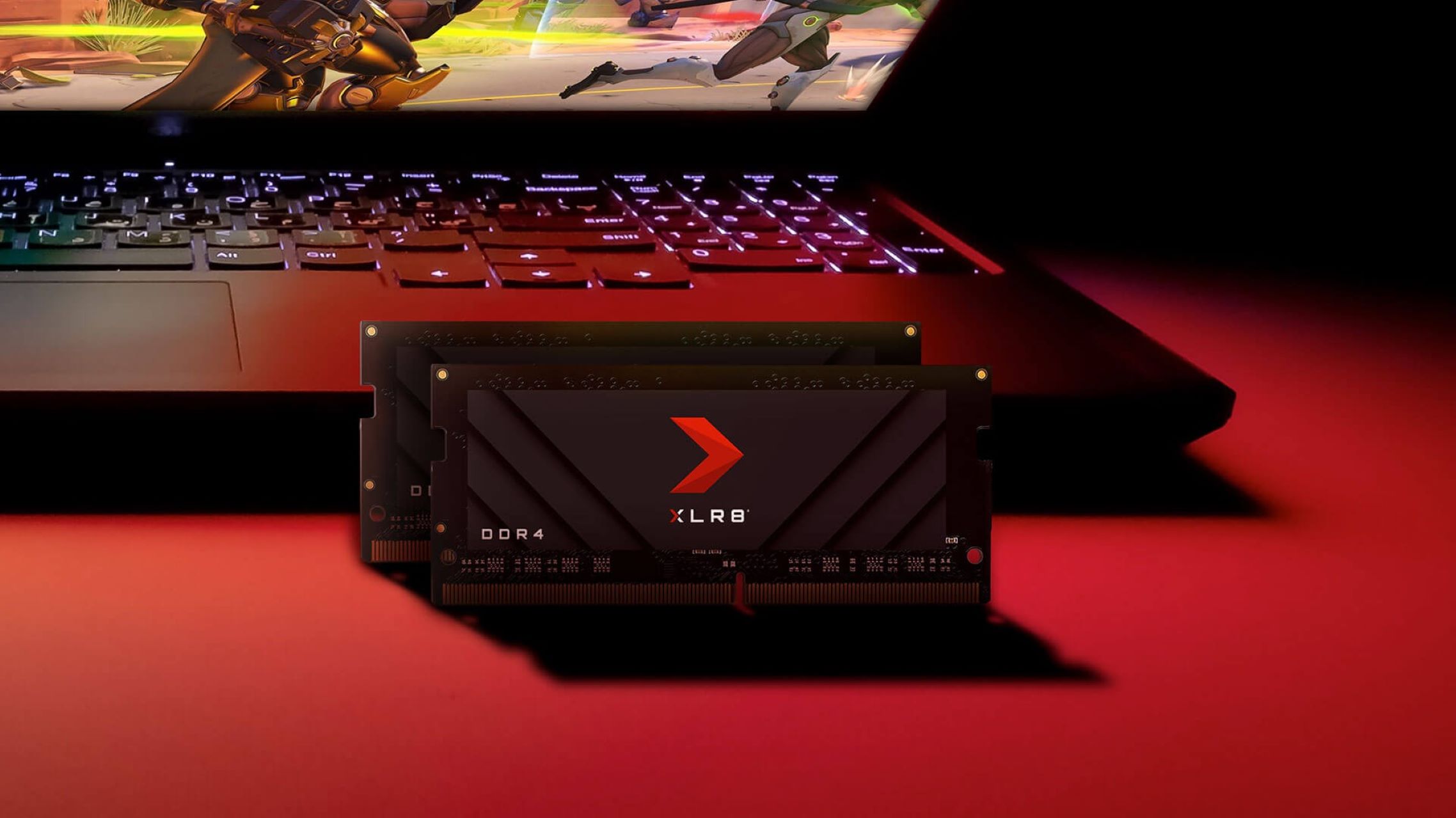Introduction
Welcome to the world of computer memory! When it comes to upgrading or building a new computer, one crucial component that often gets overlooked is RAM. Random Access Memory, or RAM, plays a vital role in the overall performance and speed of a computer system.
In this article, we’ll be focusing on DDR3 RAM, one of the most common types of RAM in use today. Whether you’re a tech enthusiast, a student, or just someone curious about how computers work, understanding DDR3 RAM is essential.
DDR3, short for Double Data Rate 3, is the third generation of DDR RAM. It is a type of volatile memory that allows data to be stored and accessed quickly. In simple terms, DDR3 RAM acts as a temporary workspace for your computer, allowing data to be processed and retrieved at lightning-fast speeds.
As we delve deeper into DDR3 RAM, we’ll explore how it works, its advantages and disadvantages, and even compare it to newer generations like DDR4. By the end of this article, you’ll have a comprehensive understanding of DDR3 RAM and its importance in today’s computing landscape.
What is DDR3 RAM?
DDR3 RAM, or Double Data Rate 3 Random Access Memory, is a type of computer memory that is widely used in desktops, laptops, and servers. It is an improvement over its predecessor, DDR2 RAM, offering faster data transfer rates and increased bandwidth.
DDR3 RAM modules come in various capacities, typically ranging from 1GB to 16GB or more. Each module consists of several memory chips that are organized into ranks and banks. These chips contain capacitors that store electric charges, which represent the binary data that the computer processes.
The most notable feature of DDR3 RAM is its double data rate technology. This means that the RAM can transfer data twice per clock cycle, effectively doubling the data transfer speed compared to earlier generations. For example, if the RAM operates at a clock speed of 800MHz, it can transfer data at a rate of 1600 megatransfers per second (MT/s).
DDR3 RAM also has a prefetch buffer, which allows the RAM to fetch multiple data blocks in a single cycle. This feature helps to optimize data access and improve overall performance. Additionally, DDR3 RAM operates at lower voltages compared to previous generations, resulting in reduced power consumption and heat output.
Another key aspect of DDR3 RAM is its compatibility. DDR3 RAM modules have a specific physical layout and pin configuration, which must match the corresponding memory slots on the motherboard. Different systems support different types and speeds of DDR3 RAM, so it’s essential to check the motherboard specifications before purchasing or upgrading RAM.
In summary, DDR3 RAM is a vital component in modern computing systems. Its ability to transfer data quickly, improved efficiency, and compatibility make it a popular choice for both home and enterprise use. In the next section, we’ll explore how DDR3 RAM works and the benefits it offers.
How does DDR3 RAM work?
DDR3 RAM operates based on a synchronous data transmission method, meaning it synchronizes its data transfer with the system clock. This synchronization ensures that data is transferred accurately and at the correct time, maximizing efficiency and performance.
DDR3 RAM modules have pins that connect to the motherboard’s memory slots. The pins transmit data, address signals, and control signals between the RAM and the processor. The RAM chips inside the module are organized into ranks and banks, allowing for efficient data storage and retrieval.
When the computer needs to read or write data to the RAM, it sends a request through the system bus. The memory controller in the processor interprets the request and sends the necessary signals to the DDR3 RAM module.
Upon receiving the request, the DDR3 RAM module accesses the requested data from the corresponding memory cells. In order to retrieve or store data, the RAM module uses an address decoder to locate the specific memory cells based on the address signals received from the processor.
DDR3 RAM modules transfer data using a technique called Double Data Rate (DDR). This means that data is transferred on both the rising and falling edges of the system clock. Each cycle of the clock allows for the transfer of two pieces of data, effectively doubling the data transfer rate compared to single data rate RAM.
The prefetch buffer in DDR3 RAM is responsible for efficient data retrieval. It preloads data from memory cells into the buffer, so that when the processor requests data, it can be quickly accessed from the buffer. This reduces latency and improves overall performance.
DDR3 RAM’s speed is measured in terms of megatransfers per second (MT/s) or in gigabytes per second (GB/s). The speed is determined by the clock frequency and the bus width, which specifies how many bits of data can be transferred in each clock cycle.
Overall, DDR3 RAM’s operation is a complex and intricate process, involving precise coordination between the processor, memory controller, and RAM module. This synchronization and efficiency contribute to the fast and reliable data transfer capabilities of DDR3 RAM.
Advantages of DDR3 RAM
DDR3 RAM offers several advantages that make it a popular choice for computer systems.
1. Speed: DDR3 RAM provides faster data transfer rates compared to previous generations. Its double data rate technology enables it to transfer data twice per clock cycle, resulting in increased bandwidth and improved overall system performance.
2. Capacity: DDR3 RAM modules are available in a wide range of capacities, allowing for flexible system configurations. Whether you need a basic system with a few gigabytes of RAM or a high-performance gaming rig with 16GB or more, DDR3 RAM can meet your memory requirements.
3. Compatibility: DDR3 RAM is compatible with a wide range of computer systems, making it an accessible and versatile option. Many motherboards support DDR3 RAM, making it easy to upgrade or replace your existing memory modules without significant compatibility issues.
4. Cost-efficient: DDR3 RAM is more affordable compared to newer generations like DDR4. This makes it a cost-effective choice for budget-conscious users or those looking to upgrade their system without breaking the bank.
5. Low power consumption: DDR3 RAM operates at lower voltages compared to its predecessors, resulting in reduced power consumption and heat generation. This not only translates to energy savings but also helps keep your system running cooler and more efficiently.
6. Availability: DDR3 RAM is widely available in the market, making it easy to find and purchase. This accessibility ensures that you can readily find compatible RAM modules for your system, whether you’re purchasing new or looking for used and refurbished options.
7. Reliability: DDR3 RAM has a proven track record of reliability and stability. It has undergone extensive testing and refinement over the years, making it a trusted choice for both consumer and enterprise applications.
In summary, DDR3 RAM offers the advantages of speed, capacity, compatibility, cost-efficiency, low power consumption, availability, and reliability. These benefits make DDR3 RAM a suitable choice for a wide range of computer systems, from everyday desktops to high-performance workstations and gaming rigs.
Disadvantages of DDR3 RAM
While DDR3 RAM has numerous advantages, it also has a few drawbacks that are worth considering.
1. Lower performance compared to DDR4: DDR3 RAM is an older technology compared to DDR4, which means it offers lower data transfer rates and overall performance. If you require the latest and fastest speeds, DDR3 RAM may not meet your requirements.
2. Less energy-efficient: Although DDR3 RAM operates at lower voltages compared to older RAM generations, it is still less energy-efficient than DDR4 RAM. DDR3 RAM consumes more power and generates more heat, which can impact overall system efficiency and increase cooling requirements.
3. Limited capacity: While DDR3 RAM is available in a range of capacities, it generally offers lower maximum capacities compared to DDR4 RAM. If you require large amounts of memory for applications like video editing or virtual machines, DDR3 RAM may not provide enough capacity.
4. Compatibility constraints: DDR3 RAM is not compatible with newer motherboards designed for DDR4 or other RAM generations. If you’re planning to upgrade your system in the future, you may face limitations in terms of compatibility and availability of DDR3 RAM modules.
5. Overclocking challenges: Overclocking, the process of running RAM at higher speeds than the manufacturer’s specifications, can be more challenging with DDR3 RAM. DDR3 RAM modules are generally more sensitive to voltage and timing adjustments, making it harder to achieve stable and reliable overclocking results.
6. Less future-proof: As DDR4 and newer RAM generations become more prevalent, the long-term availability and support for DDR3 RAM may diminish. This means that upgrading or replacing DDR3 RAM in the future may become more difficult and costly.
It’s important to assess your specific needs and consider these disadvantages alongside the advantages when deciding whether DDR3 RAM is the right choice for your system. While DDR3 RAM still offers decent performance for many applications, it’s essential to consider the potential limitations and future-proofing implications of this older RAM technology.
DDR3 RAM vs DDR4 RAM
DDR3 and DDR4 are two generations of RAM that have key differences in terms of performance, power consumption, compatibility, and cost. Let’s compare these two RAM technologies to help you understand the advantages and trade-offs of each.
1. Performance: DDR4 RAM offers faster data transfer rates and higher bandwidth compared to DDR3 RAM. DDR4 operates at higher clock speeds and has improved memory timings, resulting in better overall performance and responsiveness in tasks that require intensive memory usage.
2. Power consumption: DDR4 RAM operates at lower voltages compared to DDR3 RAM, resulting in reduced power consumption. The decrease in voltage also helps to lower heat generation, making DDR4 more energy-efficient and facilitating better cooling in systems.
3. Compatibility: DDR3 and DDR4 RAM modules are not compatible with each other due to differences in physical design, pin configuration, and voltage requirements. DDR4 RAM requires a motherboard with DDR4 memory slots, while DDR3 RAM works exclusively with DDR3 memory slots. It’s crucial to ensure compatibility between your motherboard and the RAM you choose.
4. Cost: DDR4 RAM modules are generally more expensive than their DDR3 counterparts, primarily due to their newer technology and increased demand. If budget is a concern, DDR3 RAM can be a more cost-effective option, especially for users with older systems that do not support DDR4.
5. Future-proofing: As DDR4 becomes more prevalent, DDR3 RAM may become less readily available, making future upgrades or replacements more challenging. Additionally, as newer applications and software emerge, DDR4 RAM may become a requirement for optimal performance and compatibility.
6. Capacity: DDR4 RAM offers higher maximum capacities compared to DDR3 RAM. DDR4 modules can support larger amounts of memory, making them suitable for memory-intensive tasks such as video editing, 3D rendering, and virtualization.
In summary, DDR4 RAM offers superior performance, lower power consumption, and larger capacities compared to DDR3 RAM. However, DDR3 RAM remains a viable choice for those on a budget or with older systems that do not support DDR4. Consider your specific needs, budget, and system compatibility when deciding between DDR3 and DDR4 RAM.
Conclusion
DDR3 RAM has played a significant role in the world of computer memory, offering reliable performance and widespread compatibility. Understanding the advantages and disadvantages of DDR3 RAM is crucial when making decisions regarding computer upgrades or new system builds.
We explored the fundamentals of DDR3 RAM, including its operation, speed, capacity, and compatibility. We also compared DDR3 RAM to its successor, DDR4 RAM, highlighting the differences in performance, power consumption, compatibility, cost, and future-proofing.
DDR3 RAM provides a balance between cost-efficiency and performance for many users, making it a popular choice for budget-conscious individuals and those with older systems. However, for those seeking the latest in performance and power efficiency, DDR4 RAM may be a more suitable option.
It’s important to consider your specific needs, budget, and system compatibility when choosing between DDR3 and DDR4 RAM. If you’re looking to upgrade an older system, DDR3 RAM can provide a noticeable performance boost without breaking the bank. On the other hand, if you’re building a new system or require top-tier performance, DDR4 RAM offers superior speed and efficiency.
Finally, as technology continues to advance, newer RAM generations may offer even greater advancements in performance and efficiency. As DDR4 becomes more prevalent, the availability and support for DDR3 RAM may diminish, so it’s essential to consider future-proofing when making your decision.
In conclusion, DDR3 RAM has been a reliable and widely used memory technology, offering a balance of performance and affordability. However, as newer generations emerge, it’s essential to consider the specific requirements of your system and evaluate the benefits and limitations of each RAM technology to make the best choice for your computing needs.







